SQL Queries Assignment Solution - Database Systems Coursework
VerifiedAdded on 2020/05/16
|7
|395
|245
Homework Assignment
AI Summary
This assignment solution provides a detailed breakdown of SQL queries using SQLite. The solution includes queries for tasks such as selecting data, filtering based on conditions, joining tables, and performing aggregate functions. The queries cover a range of database operations, including selecting, inserting, updating, and deleting data. The solution also includes the creation of new database tables and the modification of existing ones. The document includes code examples and explanations for each query, making it a valuable resource for students learning SQL and database management. The assignment covers topics such as data retrieval, data manipulation, and database schema design. Furthermore, a bibliography is provided for reference.
1 out of 7
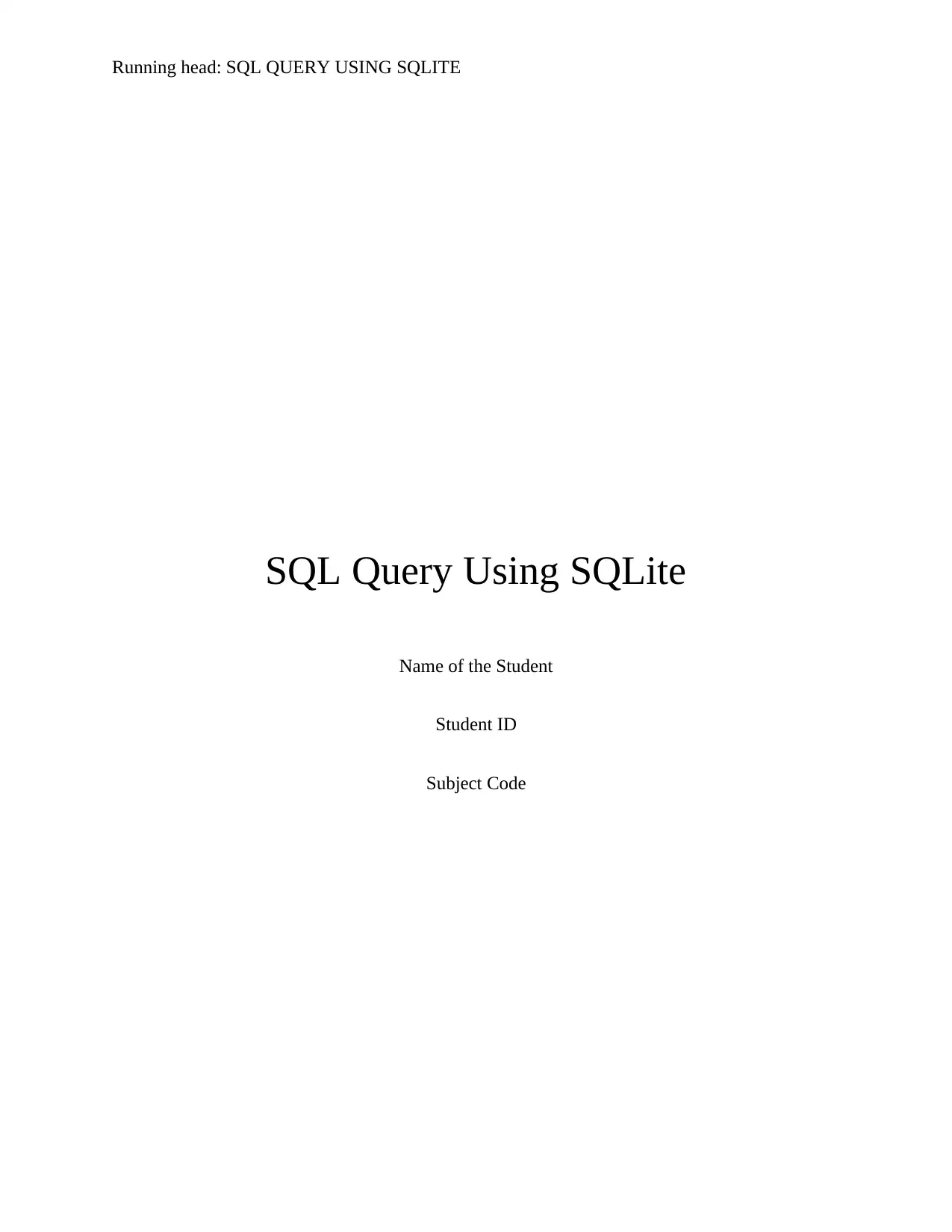
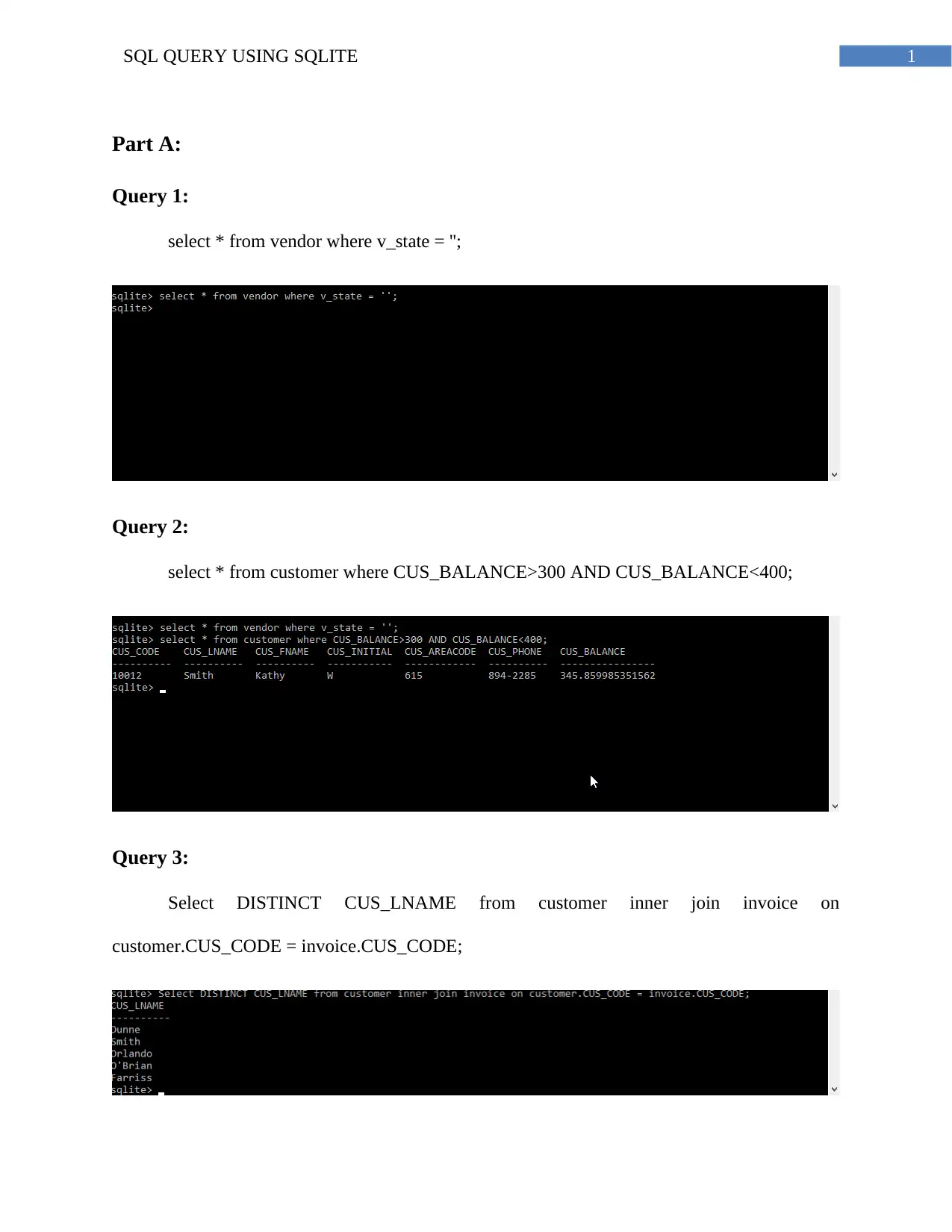
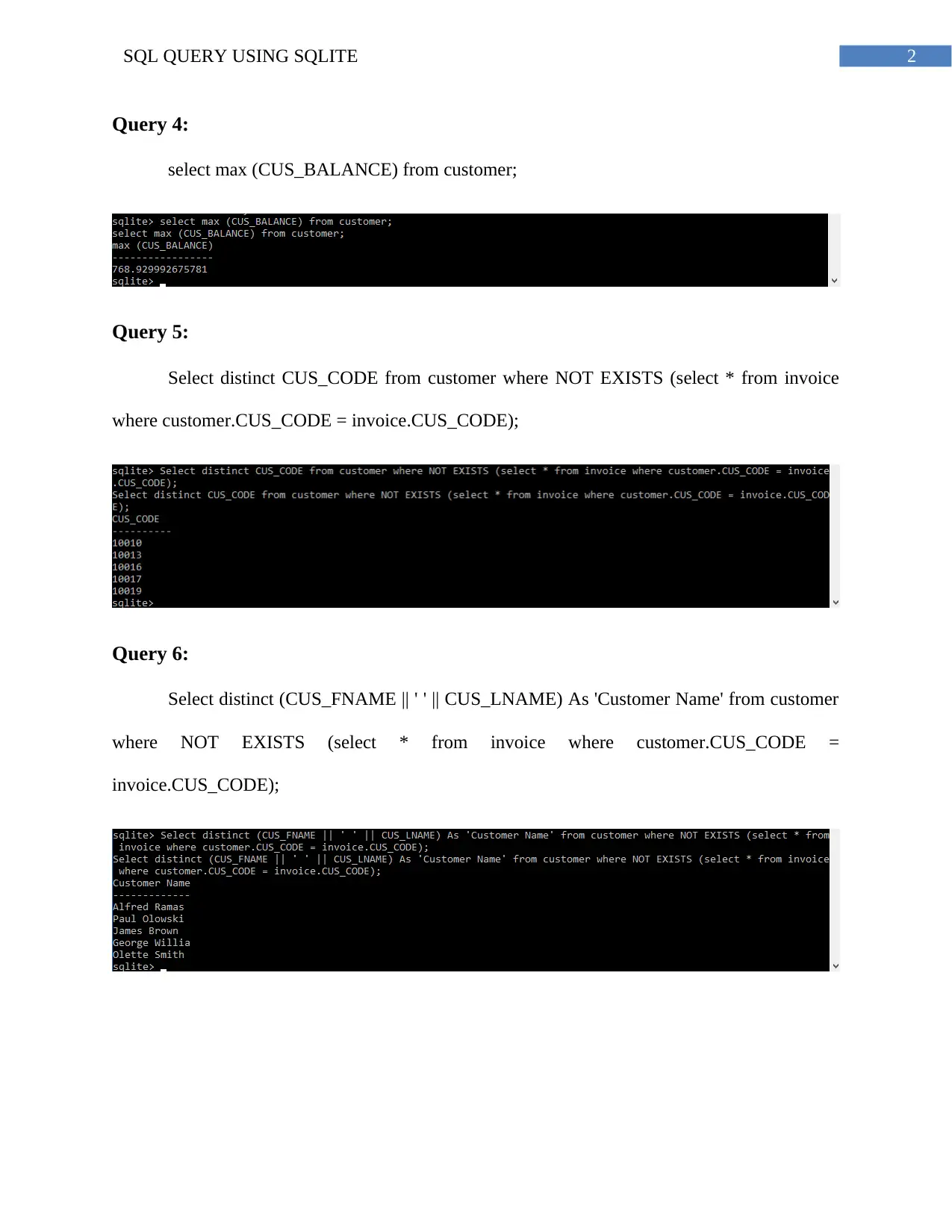

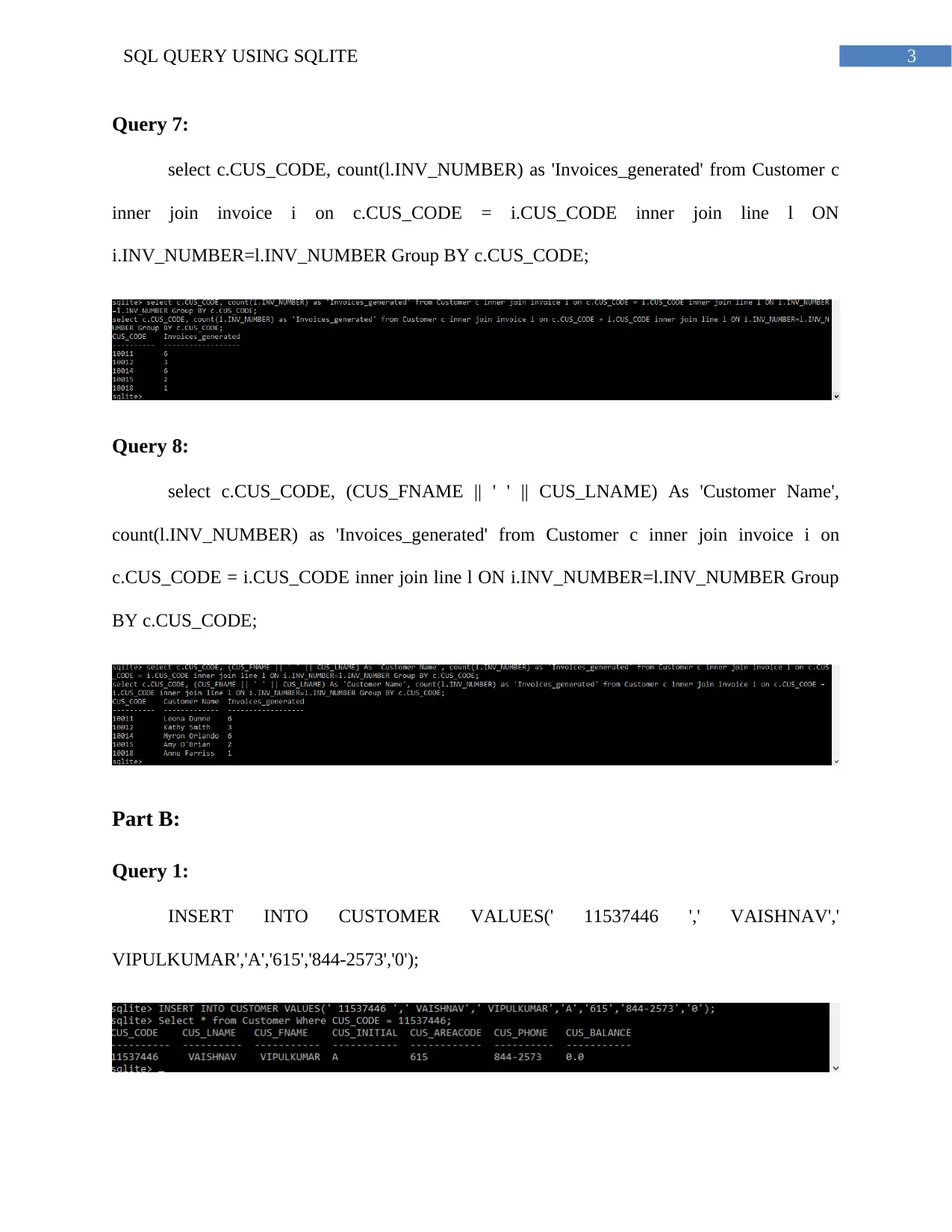
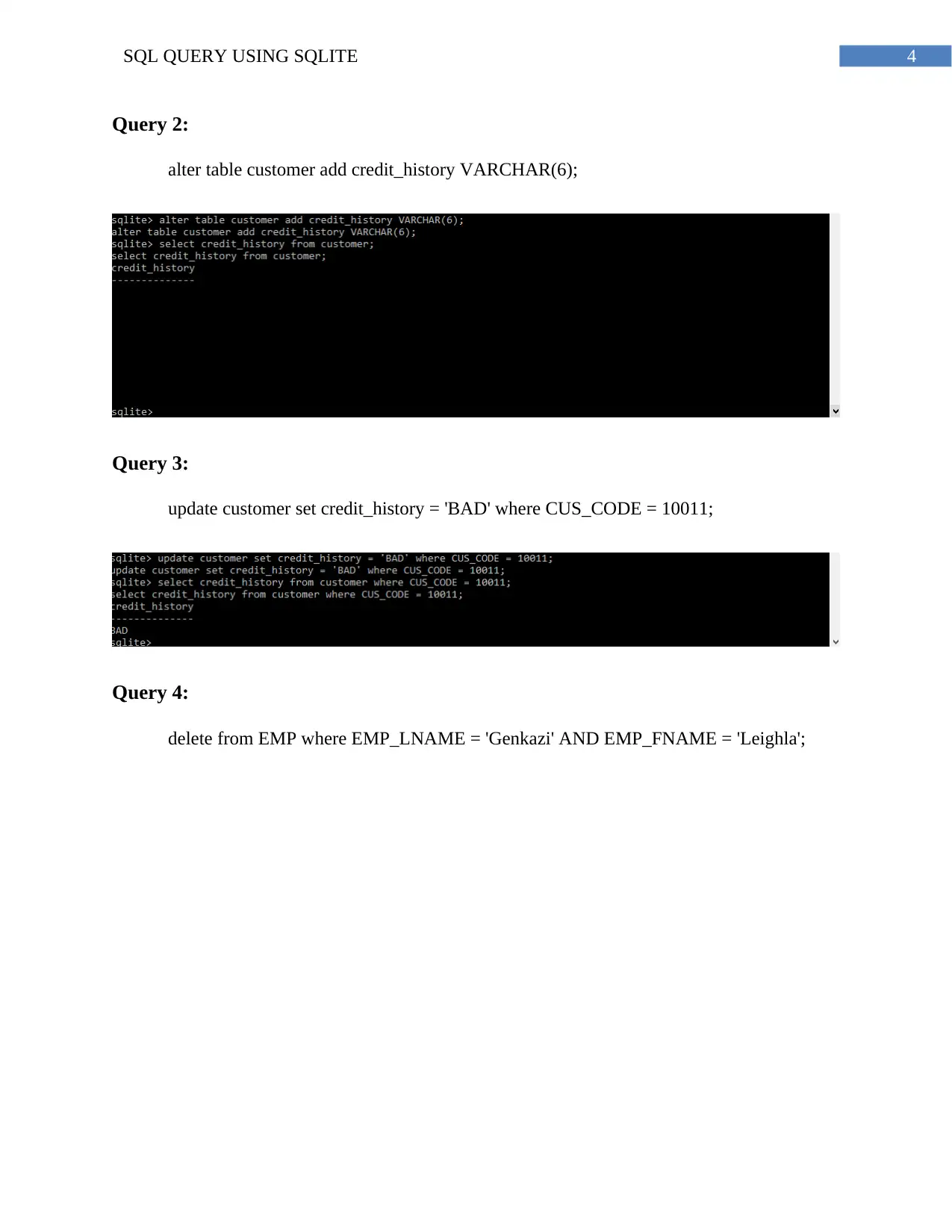
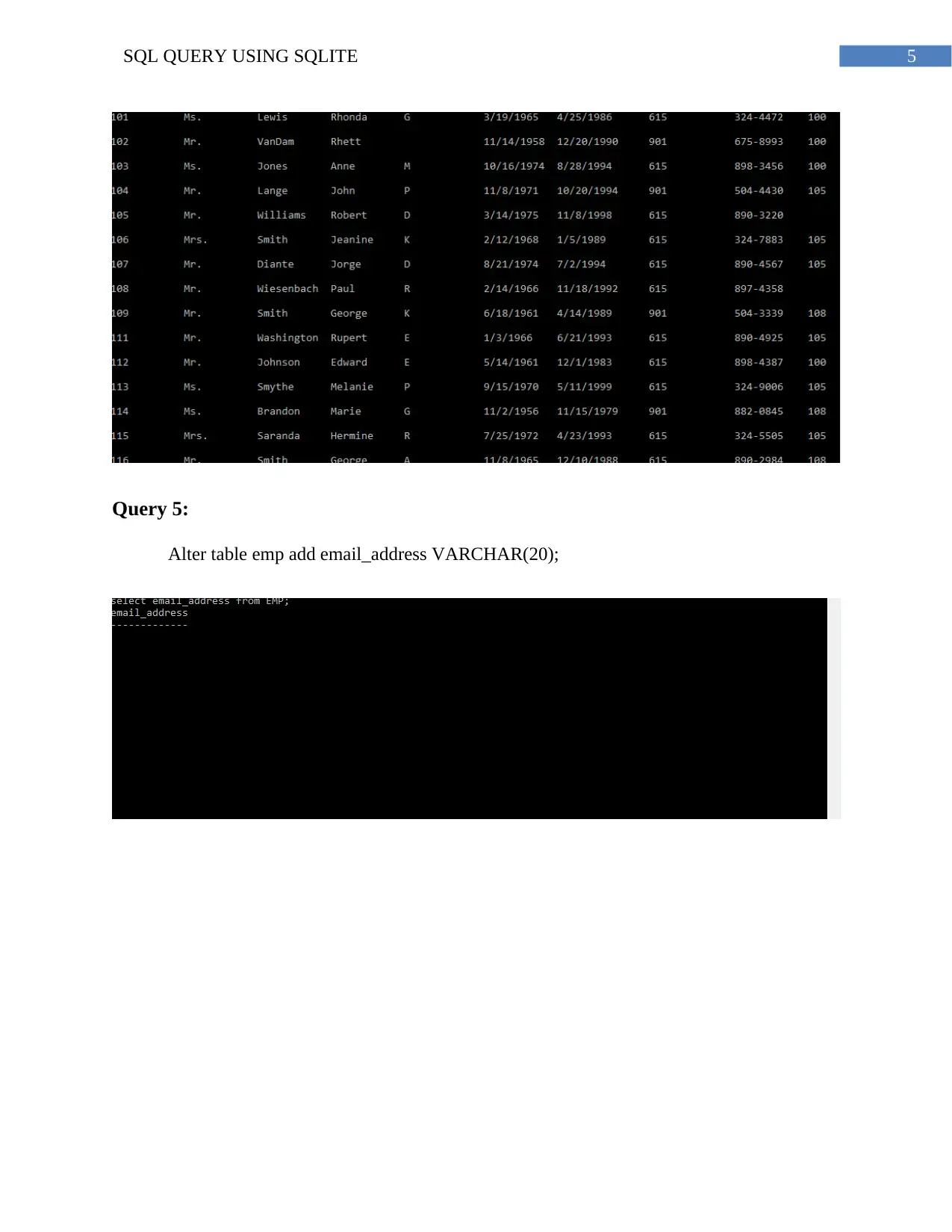
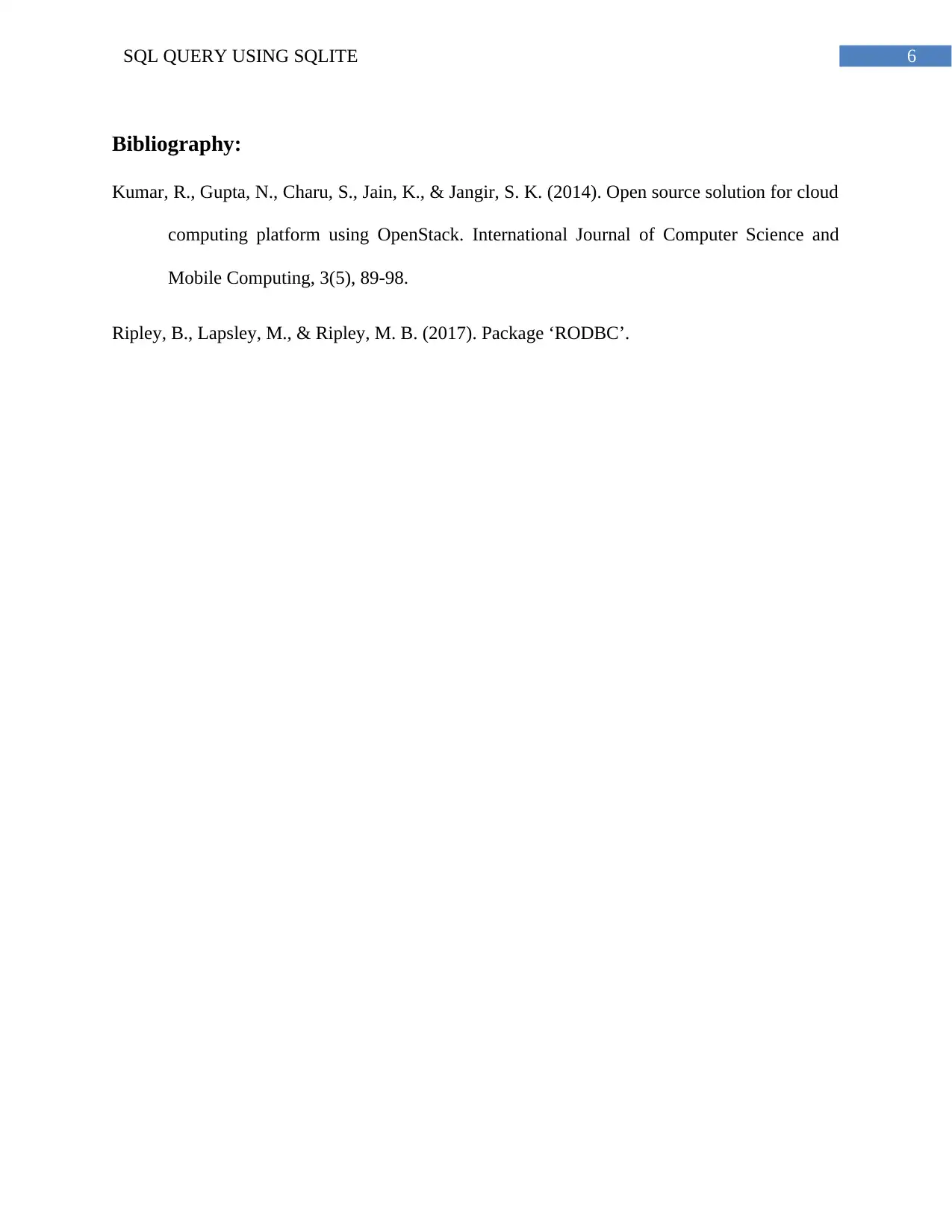






![[object Object]](/_next/static/media/star-bottom.7253800d.svg)